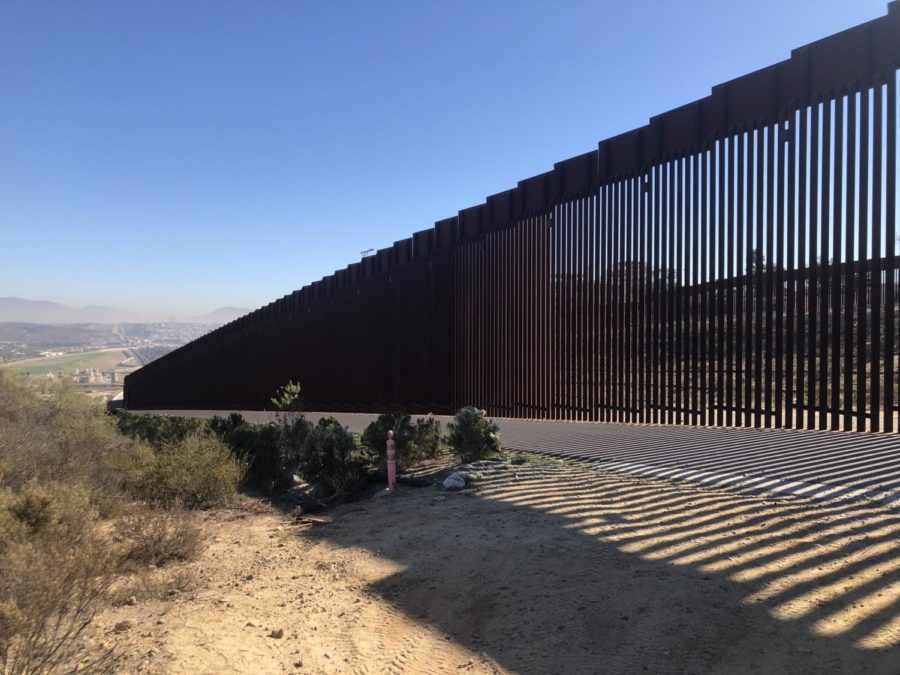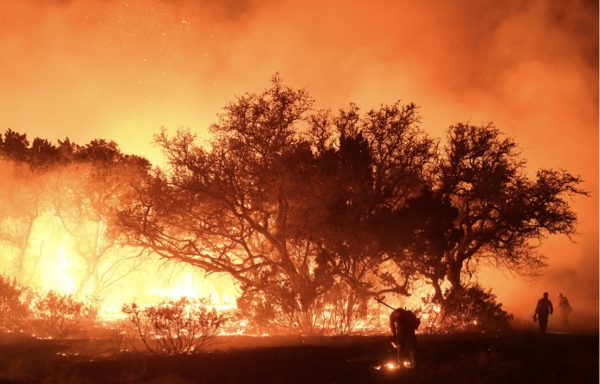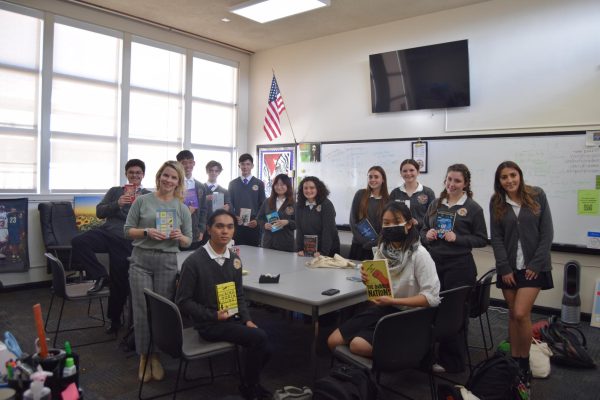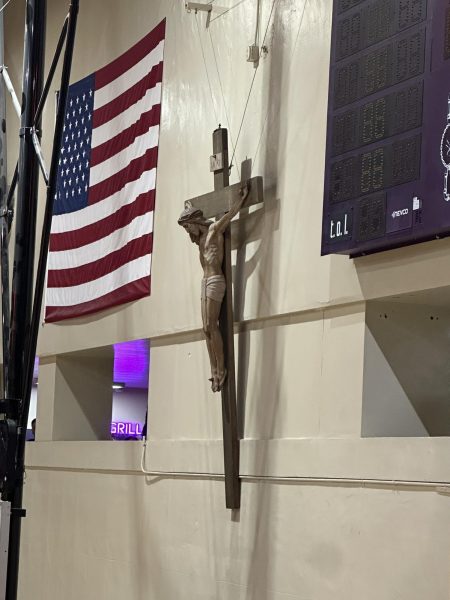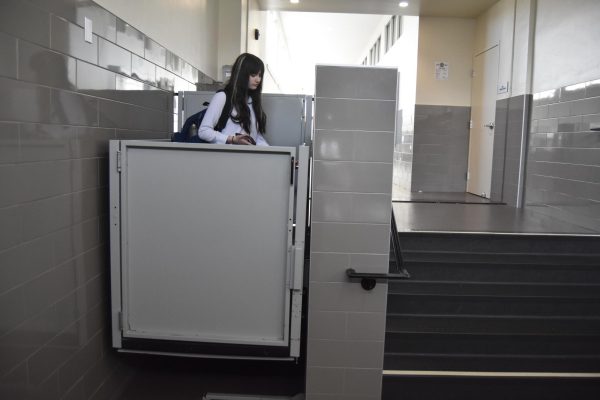Crisis at southern border: 39 migrants killed in fire at immigration facility
Activists say poor immigration policy led to the deaths of the 39 migrants near the U.S.-Mexico border in March.
May 20, 2023
Migrants set mattresses on fire in protest in a Ciudad Juárez immigration detention facility near the United States border that left 39 dead and 29 injured.
Mexican President Andrés Manuel López Obrador said the fire started because the migrants feared deportation, but the Los Angeles Times cites an anonymous Mexican federal official who said the protest started because 68 migrants were crowded in a cell meant for 50 and they had no access to drinking water.
Five suspects were arrested by Mexican officials for their role in the fire. Authorities did not name them, but said it was three government migration officials, two private security workers and a migrant accused of sparking the blaze. The sixth person charged was not taken into custody.
Thirty-one of the dead were from Central America and eight were from South America.
The facility was across El Paso, Texas, which is a major crossing point for migrants who are hoping for opportunities in the U.S. or those who are seeking asylum in the U.S. and are waiting out the process for approval.
“I think it’s awful what happened,” said Avishan Peer, a Spanish teacher at Riordan. “I think that there needs to be a lot more accountability on the part of the Mexican government and the immigration facilities in protecting the human rights of the people who are detained in their facilities.”
Tensions had been running high between the authorities and migrants for weeks before the fire. In an open letter released on March 9, migrant shelters and advocacy organizations complained of the criminalization of migrants and asylum seekers in the city.
There have been several riots and protests in immigration facilities in the months before, such as the ones in Tijuana and Tapachula, but none caused fatalities.
Overcrowding in facilities has been increasing in recent years, as Mexican officials try to stem the amount of migrants to the U.S. under pressure from the American government.
“I think there are multiple solutions that need to be implemented but it would take collaboration between the Mexican government, the American government, between nonprofit groups, between the immigration facility and our lawmakers,” Peer commented. “So I think it’s a collaborative effort that needs to happen in order to protect immigrants from all the dangers that can happen.”
Some activists see the tragedy as the result of poor immigration policy, such as former president Donald Trump’s “Return to Mexico” policy which made immigrants wait for months and years in border cities for their court dates. The policies of the Biden administration were criticized too, with their promise to enact another asylum ban exacerbating the problem.
“The Biden administration’s increasingly aggressive posture on migration enforcement and deterrence first strategies at the border have pressured Mexican authorities to stem migration in an already overcrowded and under-resourced system resulting in fatal tragedies such as the one we witnessed last night,” said the Hope Border Institute, a Catholic advocacy group that works with immigrants in El Paso and Juárez.
U.S. Customs and Border protection said they were “…prepared to receive and process those who were injured in the fire and are being transported via ambulance from Mexican to U.S. facilities for treatment.”
Immigration by the U.S.–Mexico border is set to go through another drastic event when Title 42 is ending on May 11. Title 42 is an immigration law that allows the U.S. government to take emergency action to stop the “introduction of communicable diseases.”
Although it’s been law for decades, it spiked in use during the pandemic under Trump as a fast way for authorities to expel hundreds of thousands of Mexican migrants under the premise that they would increase the spread of COVID-19.
El Paso has declared a state of emergency as an influx of immigrants are expected once the law ends.
However, this does not mean open borders, as many migrants waiting by the border are thinking; immigration laws will still be enforced, and the Biden administration says it plans to increase deportations once Title 42 has ended.


